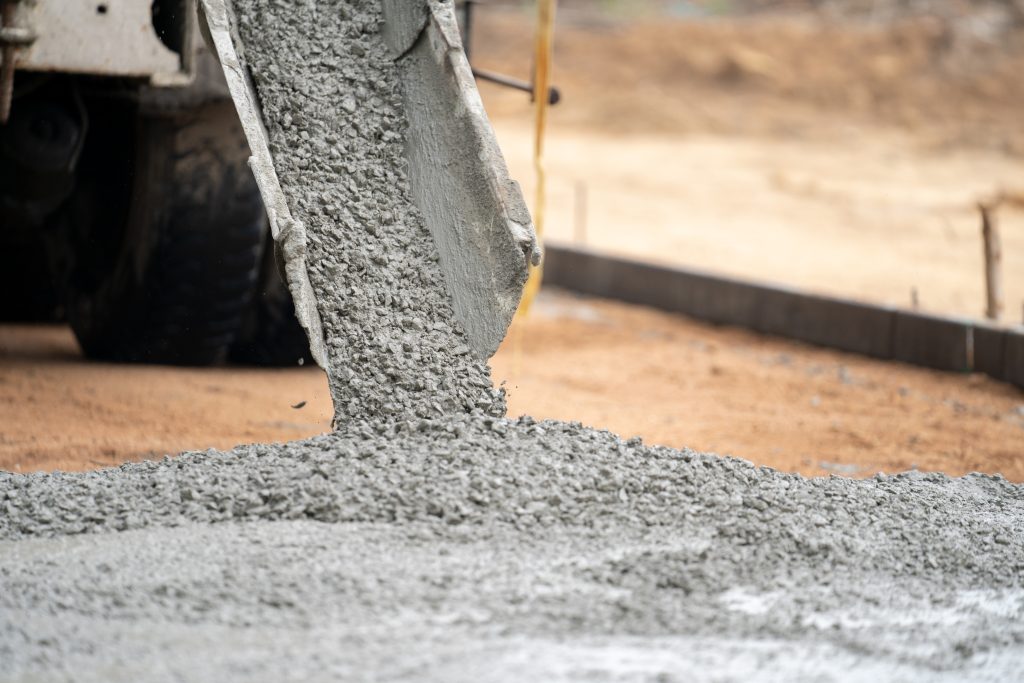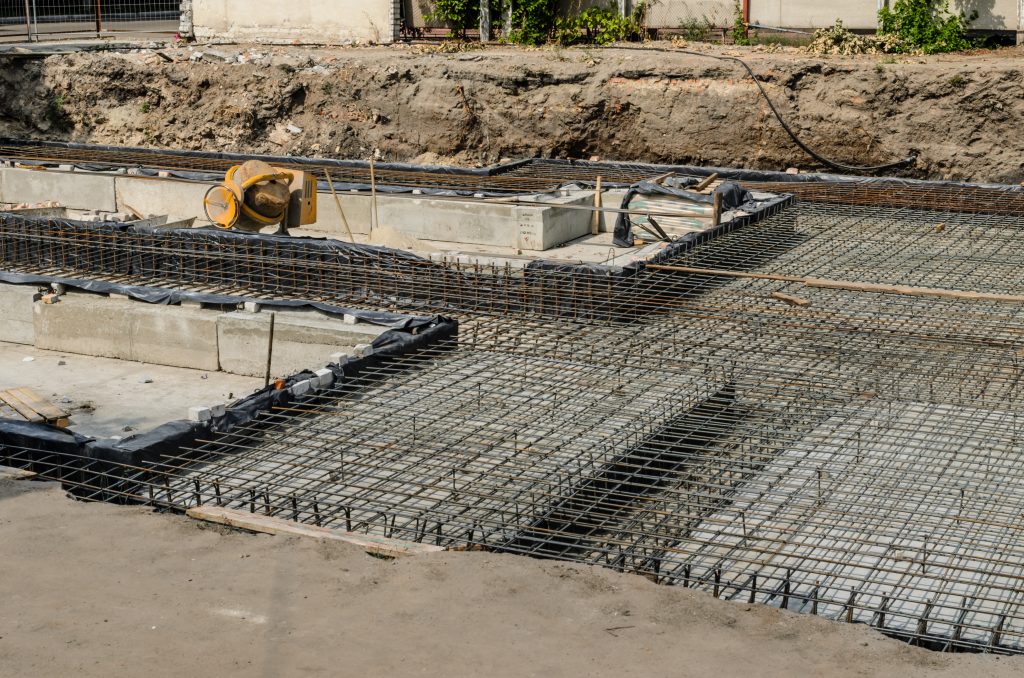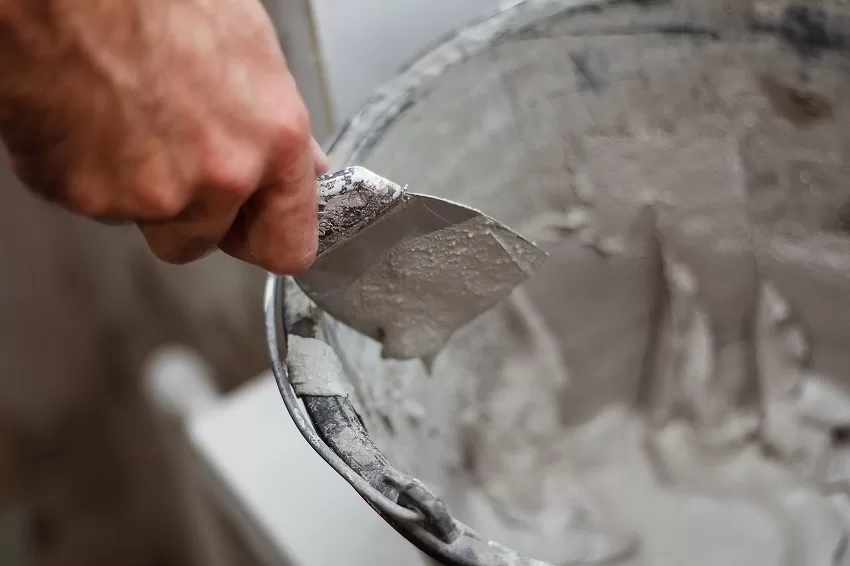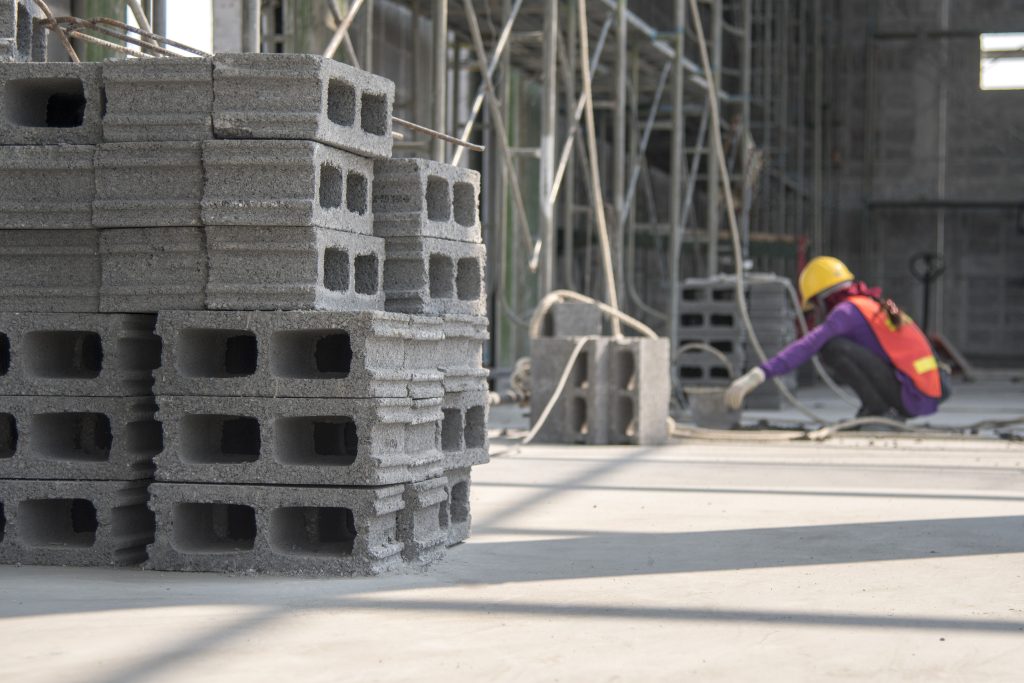The strength of concrete directly influences how well construction projects fare in withstanding the test of time. A measure used to assess the concrete’s strength after 28 days of construction is referred to as the grade of concrete. Megapascal or MPa is the unit of measure used to denote the grade of cement. The grade is categorised into groups such as ordinary, standard, and high strength. A grade of 20 MPa is referred to as M20 grade and comes under the ordinary grade group. The M20 concrete ratio is ideal for Reinforced Cement Concrete (RCC) works that include moderate exposure. Read ahead to learn more.
Decoding What is M20 Concrete Ratio
M20 concrete ratio pertains to the grade of cement with 20 MPa or 20 Newtons per square millimetre (N/mm²). The ratio represents a specific proportion of ingredients used to make concrete with a moderate level of strength. It consists of three main components – cement, sand, and aggregates. The M20 ratio equals 1:1.5:3, which indicates the proportion of cement, sand, and aggregates, respectively. As per the ratio, 1 part cement is mixed with 1.5 parts of sand and 3 parts of aggregates. These elements are carefully mixed to create a cohesive mixture that hardens over time. The M20 concretes mix ratio provides a balance between strength and workability, making it suitable for medium-sized structures.
Calculation of Components in M20 Concrete Ratio
You can calculate the quantity of components required to create M20 ratio concrete with simple formulas. For a better understanding of variables used in the formulas, consider these aspects:
- Total sum of M20 ratio (1:1.5:3) = 1+1.5+3 = 5.5
- Wet and dry volume of concrete: Concrete is made up of cement, water and aggregates (fine and coarse). When you only mix the dry components, i.e., cement and aggregates, the mixture is referred to as the dry volume of concrete. When you add water to the dry mix, it is referred to as the wet volume of concrete.
The dry mixture contains void, which get reduced upon the addition of water. Essentially, wet concrete reduces in volume and extra material is needed to compensate for the volume loss. If the wet volume of concrete is 1 m3, it is increased by 54% to derive the dry volume = 1 + 0.54 = 1.54 m3.
Using these variables, the components in the M20 concrete ratio are calculated as under:
Cement
Cement is the binding agent in a concrete mix. It provides strength and durability to the concrete by chemically reacting with water and forming a paste that binds the aggregates together. The calculation of the cement quantity is explained as follows:
Cement quantity = (M20 cement ratio / total sum of M20 ratio) * Dry volume
Therefore, cement quantity = (1/5.5) * 1.54 m³ = 0.28 m³.
Now, 1 m³ of Cement = approximately 1440 kg/m3 in density. Hence, 0.28 m³ of Cement = 0.28 * 1440, resulting in 403.2 kgs of cement required for 1 m³ of concrete as per the M20 ratio.
Sand
Sand fills the gaps between coarse aggregates and helps achieve a dense and compact concrete mix. It enhances the workability of concrete and provides a smooth surface finish. The calculation of the sand quantity is explained as follows:
Sand quantity = (M20 sand ratio / total sum of M20 ratio) * Dry volume
Based on the formula, sand quantity = (1.5/5.5) * 1.54 m³, resulting in 0.42 m³.
Now, 1 m³ of sand = approximately 1600-1800 kg in density. Assuming a density of 1600 kg/m3, 0.42 m³ of sand = 0.42 * 1600 = 672 kg of sand required for 1 m³ of concrete.
Aggregate
Aggregates are gravel, crushed rocks, or recycled concrete. They are categorised as fine or coarse based on the size of the particles. Aggregates are used to build stability and strength in the concrete mix. The calculation of the aggregate quantity is explained as follows:
Aggregate quantity = (M20 aggregate ratio / total sum of M20 ratio) * Dry volume
Based on the formula, the quantity of aggregate = (3/5.5) * 1.54 m³ = 0.84 m³.
Typically, 1 m³ of aggregate = 1500-1800 kg/m3 in density. Assuming a density of 1500 kg/m3, 0.84 m³ of aggregate = 0.84 * 1500 = 1260 kg of aggregate required for 1 m³ of concrete.
Water
Water facilitates the chemical reaction called hydration. It forms a paste that binds aggregates, cement, and sand into a solid structure. In M20 concrete, the water quantity varies based on factors like climate, workability, and desired quality. Generally, the water-to-cement ratio ranges between 0.35 to 0.50.
Different Uses of M20 Concrete Mix Ratio
The M20 ratio concrete is usable in the following construction projects:
Pavements
As the M20 ratio provides adequate strength and durability, it can easily withstand the weight of regular foot and vehicular traffic. Hence, it is used for constructing pavements, driveways, and other similar structures. It also helps withstand outdoor weather conditions with ease.
Slabs
M20 ratio of concrete is suitable for constructing a variety of slabs for floors, roofs, patio, etc. It offers the necessary strength to support the weight and load distribution of these horizontal surfaces.
Beams & Columns
The most common application of the M20 ratio is in the construction of beams, slabs, and columns in buildings. While beams are structures made for providing support by distributing the load, columns offer vertical support. M20 ratio ensures the strength and stability needed for these structures.
Water Retaining Structures
Water-retaining structures like pipes and RCC water tanks require resistance from environmental conditions and adequate support. The M20 concrete mix ratio provides the needed support to build these structures.
Get high-quality cement from JK Cement for your M20 concrete mix.
FAQs
How does M20 concrete differ from other concrete grades?
M20 concrete differs from other concrete grades primarily in terms of its compressive strength. Concrete grades are classified based on their strength, and M20 concrete has a compressive strength of 20 MPa.
Is the M20 concrete ratio applicable to both residential and commercial construction projects?
Yes, it is. The M20 grade offers versatility and strikes a balance between strength and workability. This makes it suitable for diverse construction projects.
What factors are worth considering while choosing the M20 ratio for a project?
There are several factors worth considering while choosing the M20 ratio for a project, including structural requirements of the project, exposure conditions, the nominal size of aggregate, workability, durability, etc.














